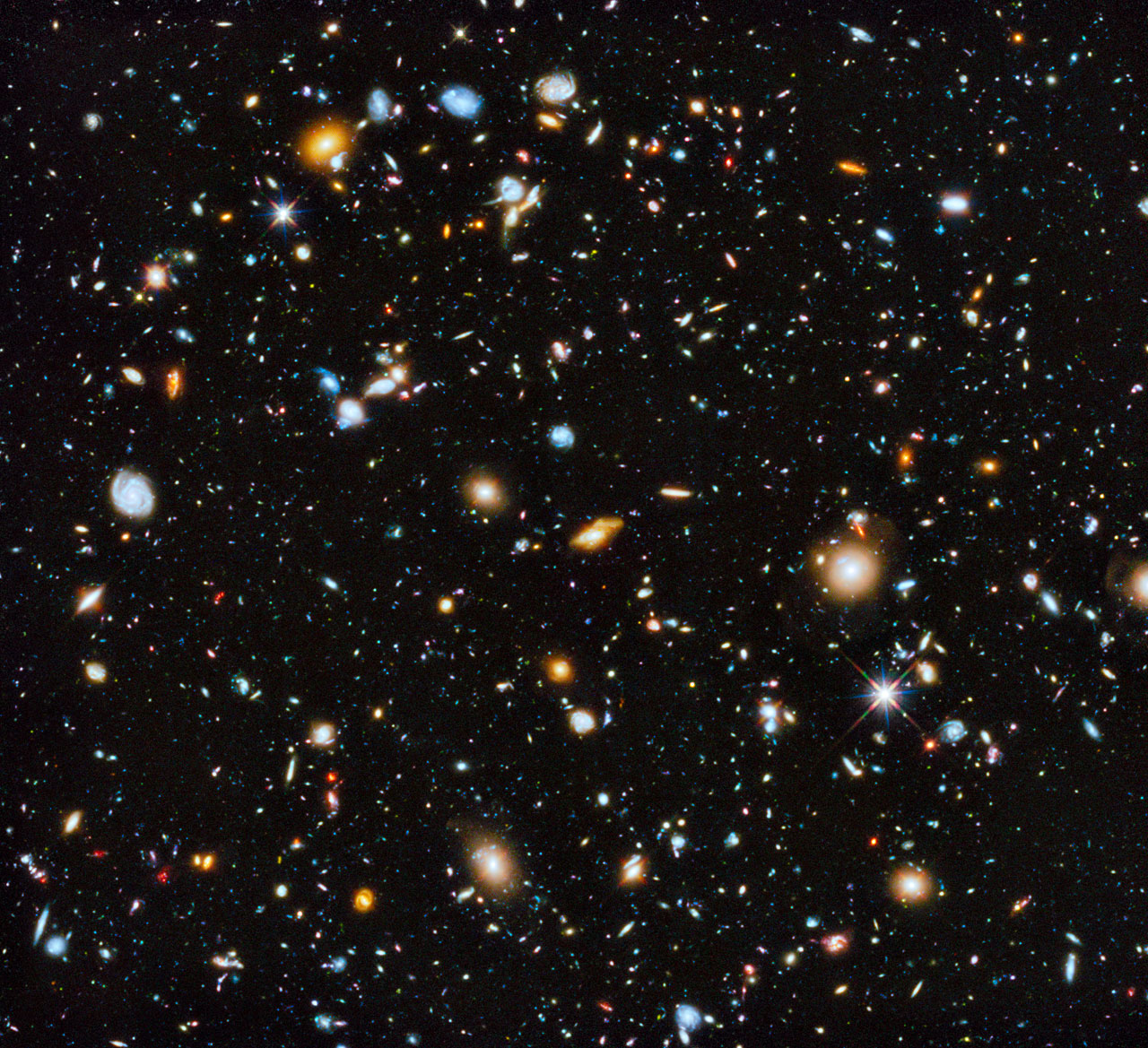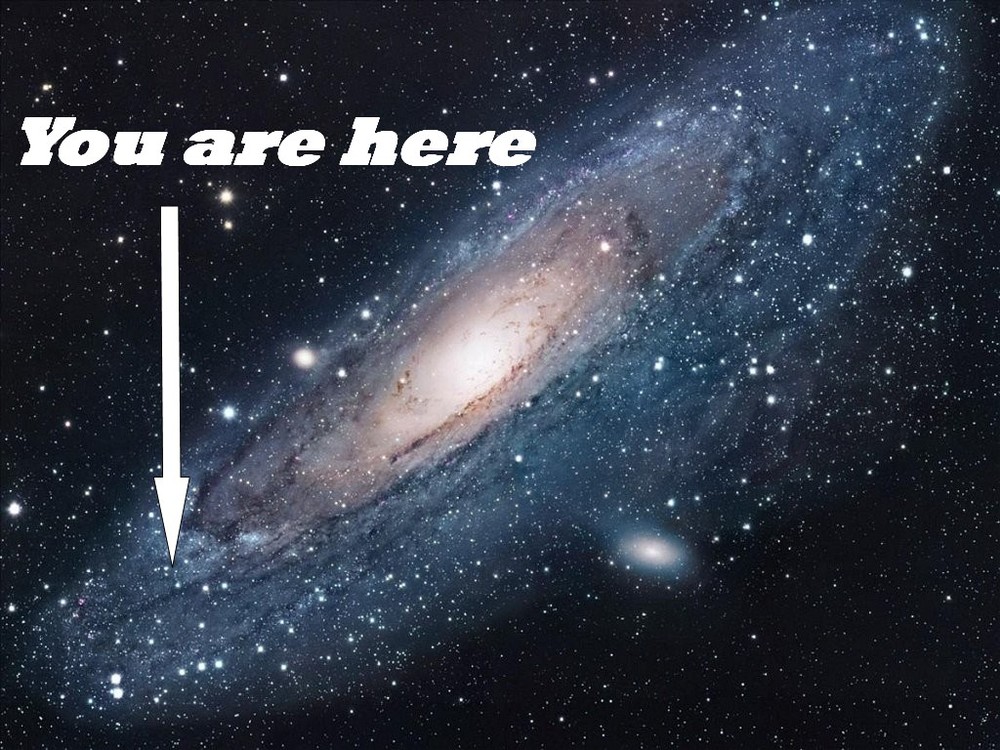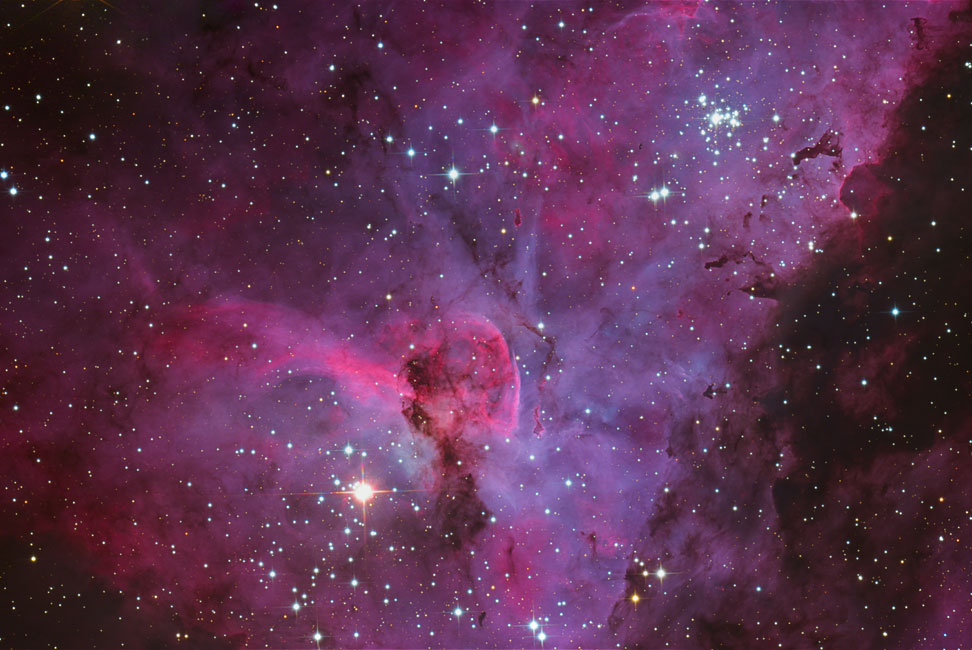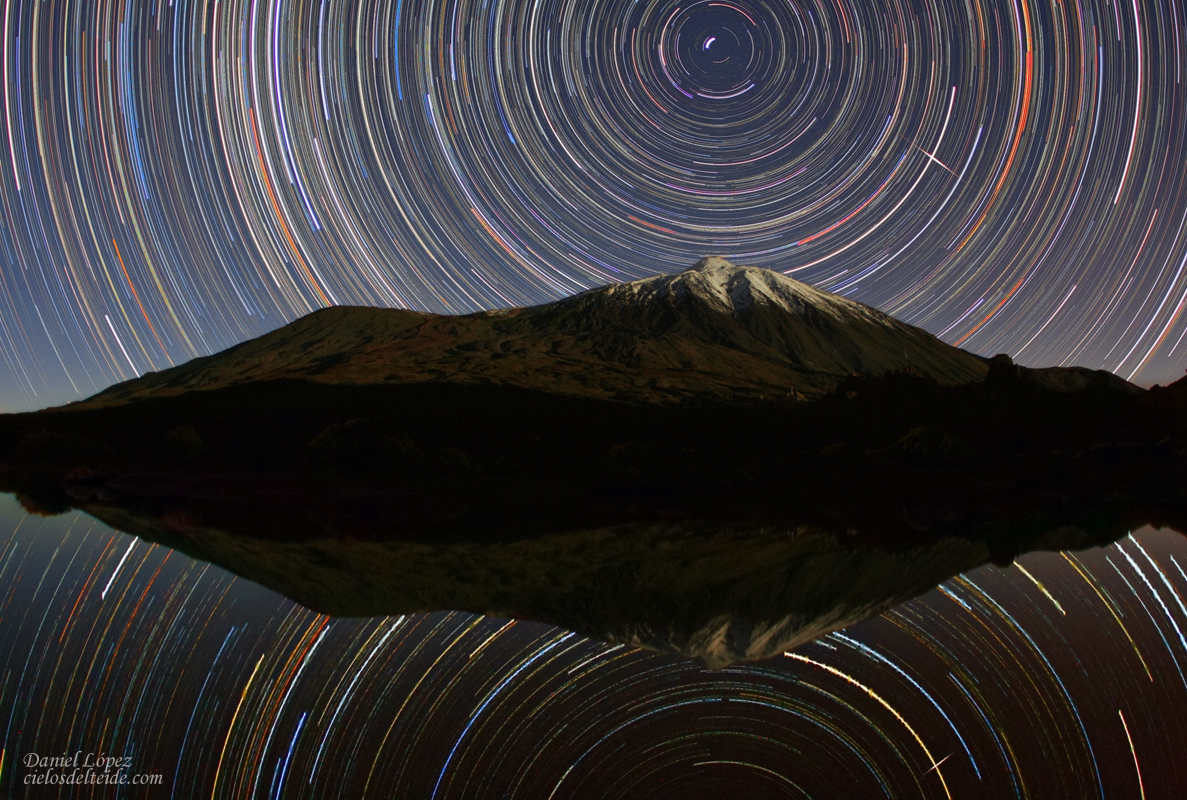What are the colours of the stars?
4th- 5th grade (9-11 years old)
In this Experience, students learn how to classify stars according to the light detected from them, in particular, their colour.
Materials to prepare your experience before coming to ESAC:
Material that will be used at ESAC: Scientific Case.
Advances in technology, leading to increasingly sophisticated cameras, have enabled astronomers to detect fainter objects out in the Universe and therefore older galaxies. This means that more and more galaxies are being discovered, there are now thought to be about 2 billion galaxies, around 20 times more than in 2015 (see publication on this topic). The number of galaxies can be obtained by working out how many can be seen in an image and then multiplying up to cover the entire sky.
The image below was taken by the Hubble Space Telescope and shows that galaxies come in a wide variety of shapes (spiral, lenticular, elliptical), and sizes (large, medium and dwarf). Our galaxy, the Milky Way, is a very normal spiral galaxy with a diameter of 100 000 light-years (1 light-year = 9.46 × 1012 km) and contains 200 000 to 400 000 million stars. The closest galaxy to ours is the Andromeda galaxy, which is 2.5 million light-years away.

The Hubble Ultra Deep Field as seen in ultraviolet, visible, and infrared light. Image Credit: NASA, ESA, H.Teplitz and M. Rafelski (IPAC/Caltech), A.Koekemoer (STScI), R.Windhorst (Arizona State University), and Z. Levay (STScI).
In spiral galaxies, such as the Milky Way, stars are mainly located in the spiral arms. We are located quite far from the centre of our Galaxy within a cloud that is called "The Local Bubble", which is approximately 60 light-years across. If the following image was our galaxy, our Sun would be located were the arrow indicates.

The Sun, that is vital for life on Earth, is a very standard star, compared to other stars in the Milky Way and in other galaxies.
The composition of a star, its size and whether it forms alone or as part of a group of stars, depends on the conditions of the region it forms in, and where it forms (see The Herztsprung-Russell diagram).
From a visual point of view, we can find out some of the properties of a star from its colour and from its chemical composition (using spectra).

Eta Carina Nebulae, collected by a Cassegrain Telescope 16" f/3 (1200mm). Credits: Johannes Schneider
For example, cooler stars are more red in colour. This could be because they are older or because they have a low mass. Massive, younger stars are more blue.
When we look at the stars from the Earth, they appear to be moving across the sky. If we took a picture of the sky for an entire night, we would be able to see a picture such as the one below. As you can see all the stars appear to move in the same way (around the centre of a circle). In the Earth's northern hemisphere, this centre, or reference point, is the Pole star (Polaris).

Teide Sky Trails. Credits: Daniel Lopez